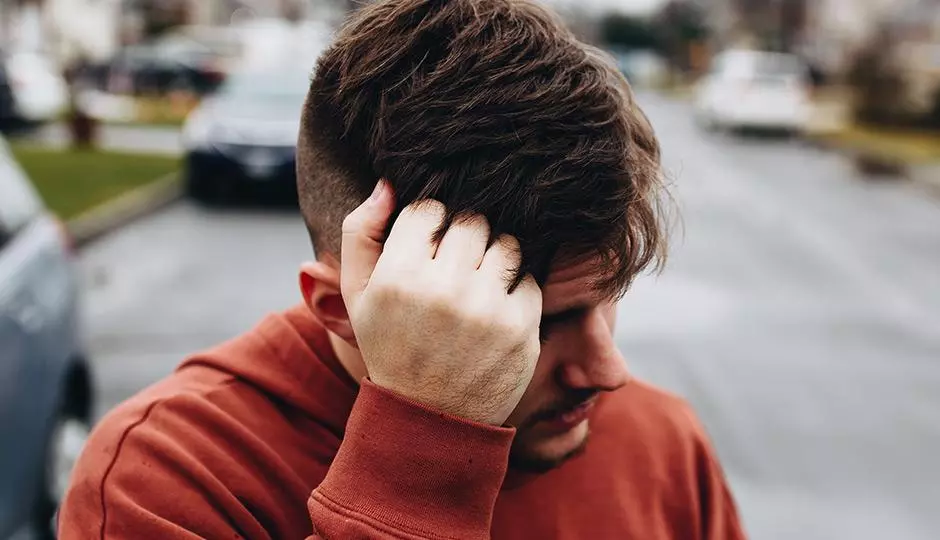Male pattern baldness—also called androgenetic alopecia—is incredibly common; in fact, roughly two out of three men will experience it at some point, and the risk increases with age. No man wants to lose his hair, and the good news is that there are ways to mitigate the effects of androgenetic alopecia. The best results come when action is taken early, which means men should know the common warning signs of early stage hair loss. We’ll review some of them in this post, and also provide some basic recommendations for treatment.
Myths About Male Pattern Hair Loss
First, though, it’s helpful to dispense with a few of the common myths surrounding androgenetic alopecia. You are undoubtedly familiar with some of these—that you’ll see 20 or more hairs on your hair brush, that you’ll wake up with hair on your pillow in the morning, that your hair will fall out in clumps, and so on.
Those first two items—hair loss on the brush or on the pillow—are misleading, because male pattern hair loss isn’t ultimately about the hair you shed. It’s only natural to shed some hair; that’s part of a normal, healthy hair growth cycle. Androgenetic alopecia is defined more by the inability to replace those lost hairs—a disruption to the normal cycle of shedding and regrowth.
As for losing hair in clumps, that’s certainly something to be concerned about, but it isn’t really a sign of androgenetic alopecia, which tends to happen much more gradually. If you do experience hair loss in clumps, that’s something to come see us about at LH Hair as soon as possible.
Signs of Early Stage Hair Loss
With that said, what are some of the actual signs of early stage hair loss?
Remember that this is sometimes called male pattern hair loss—with an emphasis on pattern. That’s because men who lose their hair to androgenetic alopecia tend to do so in a fairly consistent way. First, there is a gradual retreat of hair from the forehead, which results in an M-shaped hairline. Men can tell they have androgenetic alopecia if the hairs at the fringe of their hairline seem to be thinning out.
The next step is hair loss at the crown, which results in a bald spot. This bald spot will spread until the hair that’s left on the head forms a familiar “horseshoe” shape. The only hair left, at this point, is on the back and along the sides of the head.
This is not an absolute rule—some men do experience hair loss in other patterns—but this is certainly the most common form for male pattern hair loss to take.
Diagnosing and Treating Androgenetic Alopecia
To know for sure whether you’re dealing with male pattern hair loss or something else, we’d recommend joining us at LH Hair for a full, one-on-one evaluation. You’ll meet with one of our stylists in a private, comfortable setting. The evaluation itself is painless and non-invasive. We’ll look at your hair loss pattern, check your scalp, and perhaps run some tests on the hair itself. This will provide us with an accurate sense of what’s causing your hair loss.
We’d recommend doing this as soon as possible. Again, treatment for male pattern hair loss is possible, but it works best when you pursue it early. We may be able to recommend early intervention through laser therapy, for example, or through topical solutions.
What About Hair Replacement?
For those who don’t treat their hair loss in time, there are still some options—including possibilities for hair replacement. That’s something else we can help you address at LH Hair. Come see us to learn more about hair systems and other forms of hair replacement.
This is a problem that a majority of men will face sooner or later, so it’s wise to know the signs to look out for. That way, you can take action early, and minimize the effects of male pattern hair loss. To start the process, join our stylists in the LH Hair studio today.



